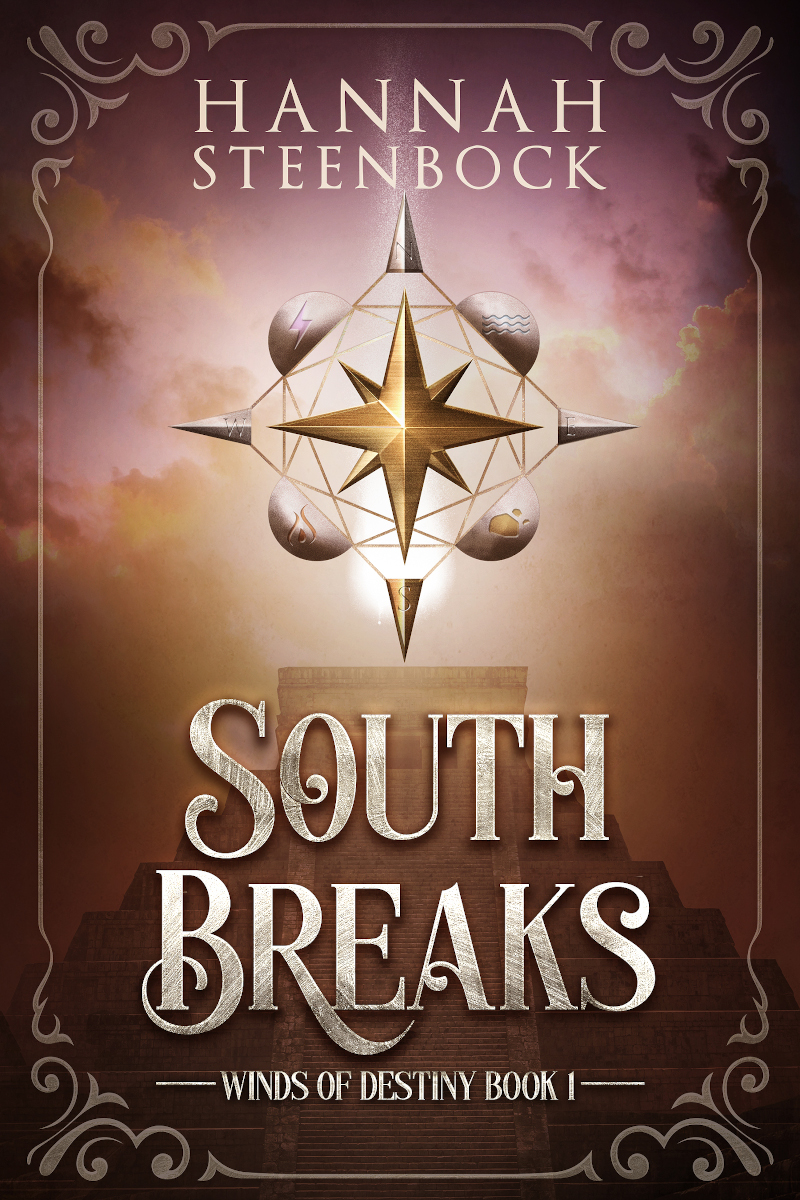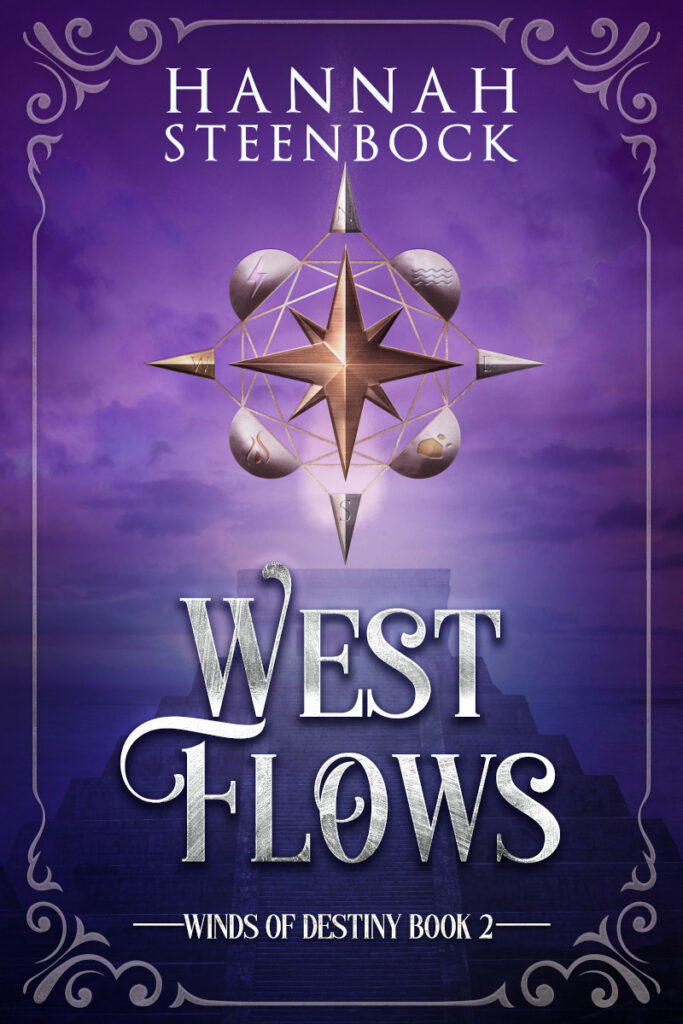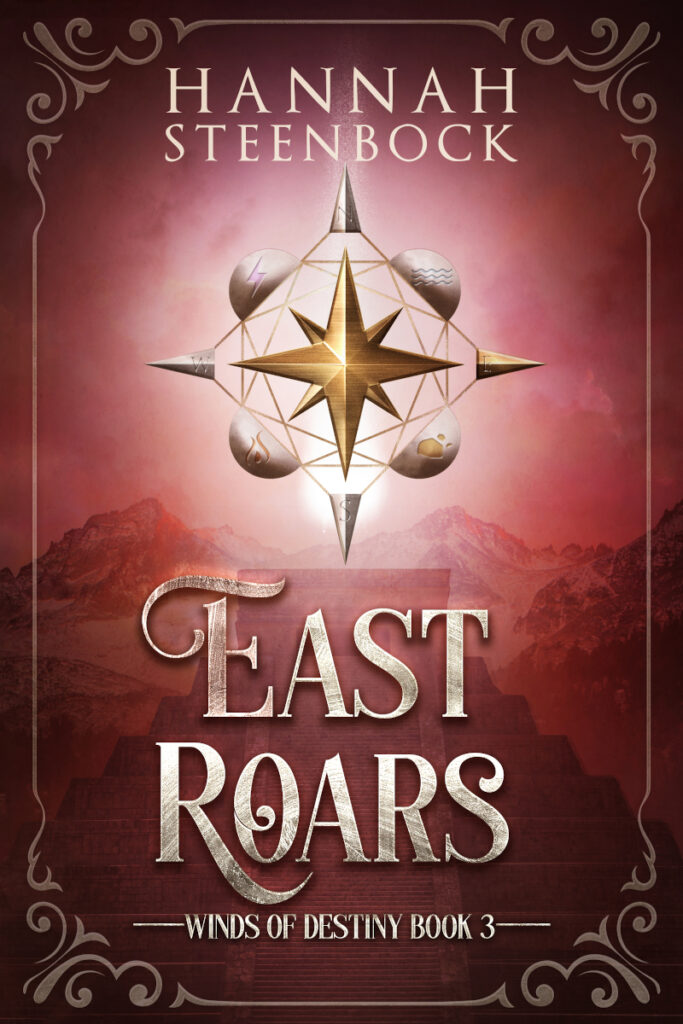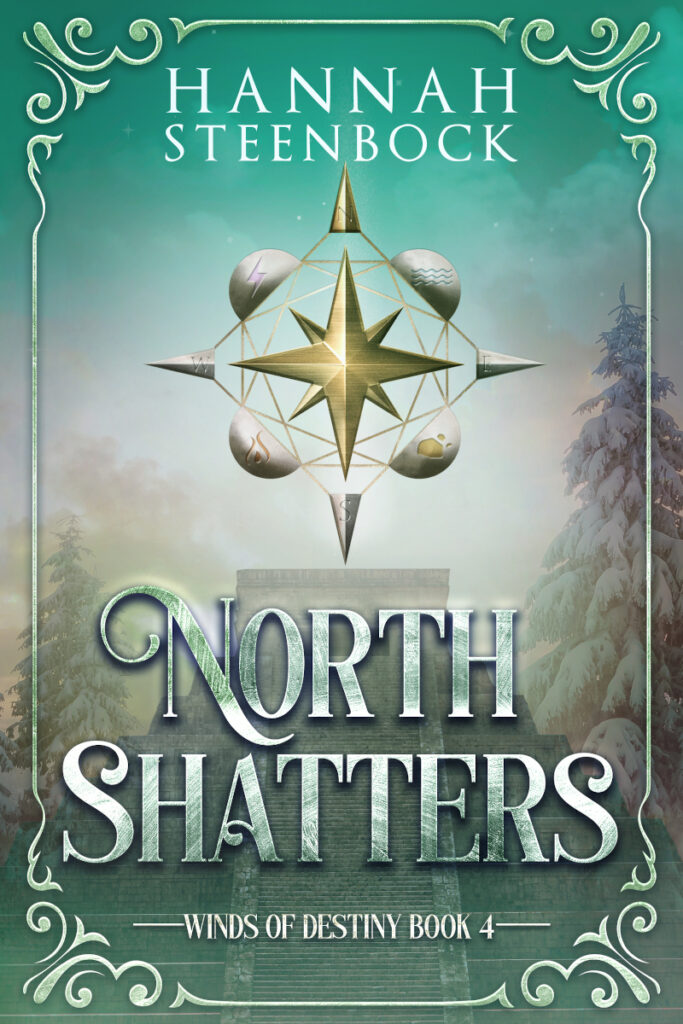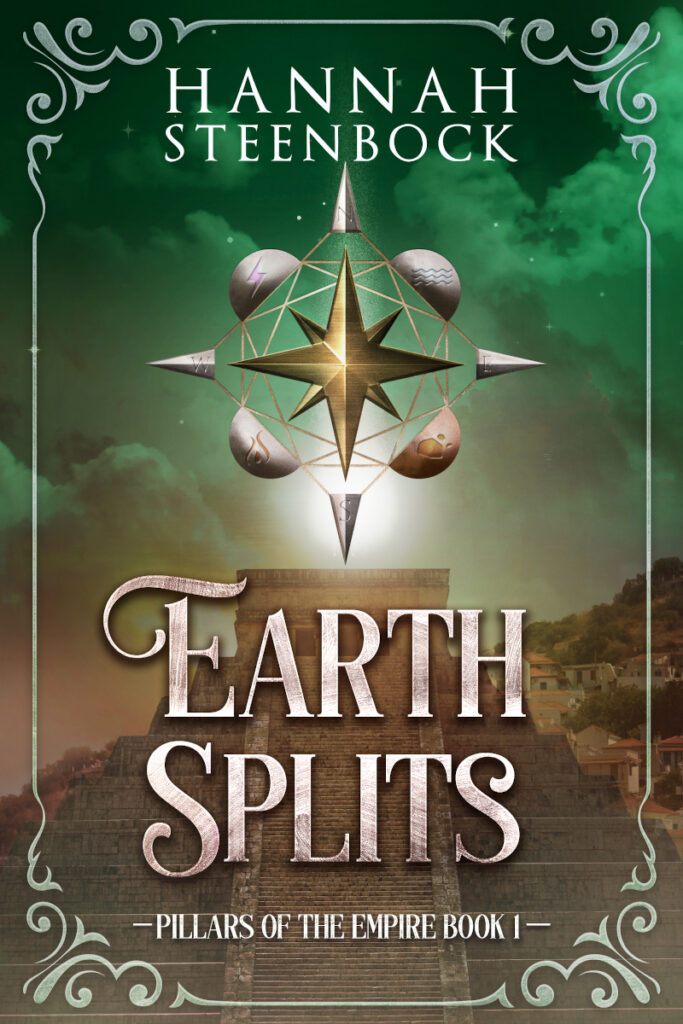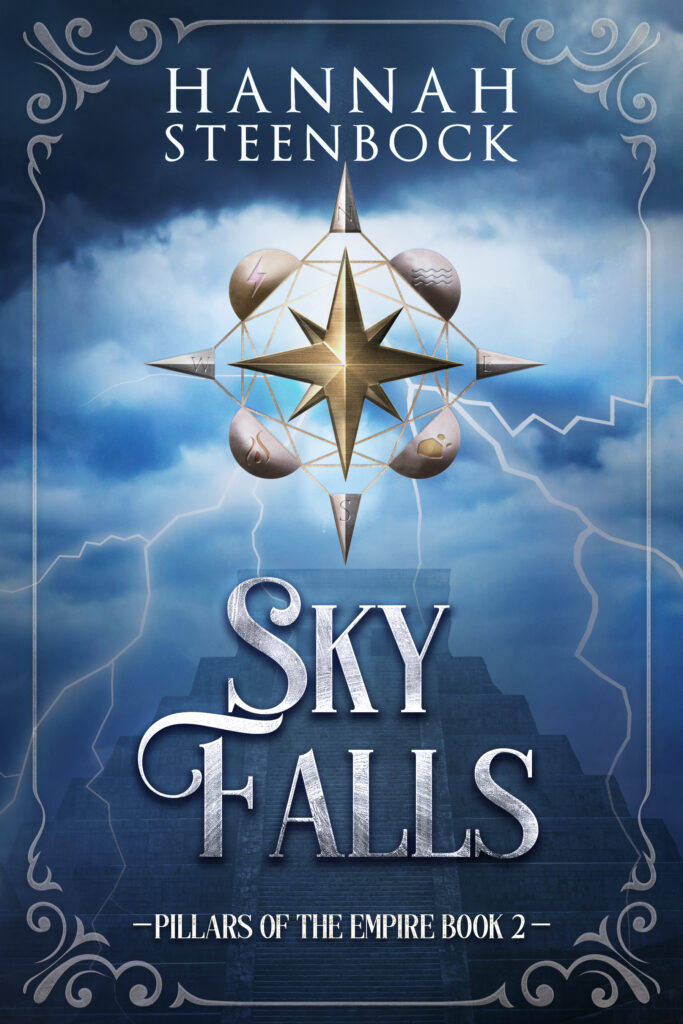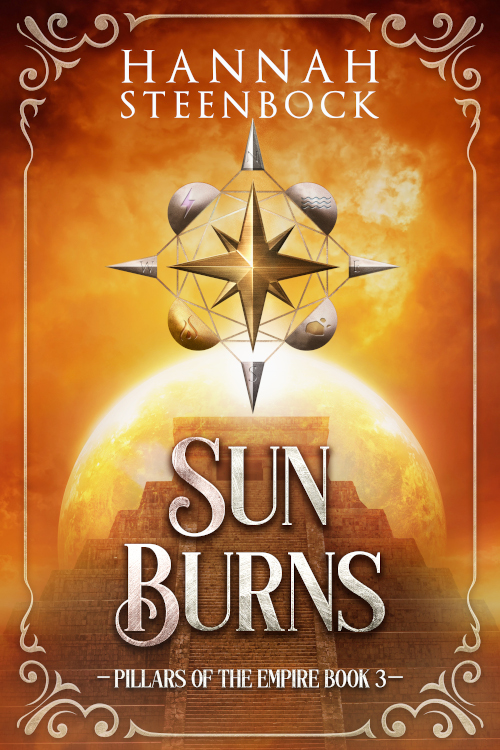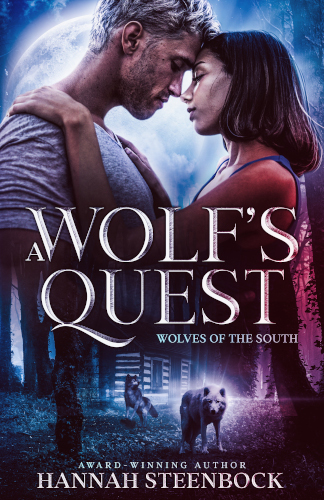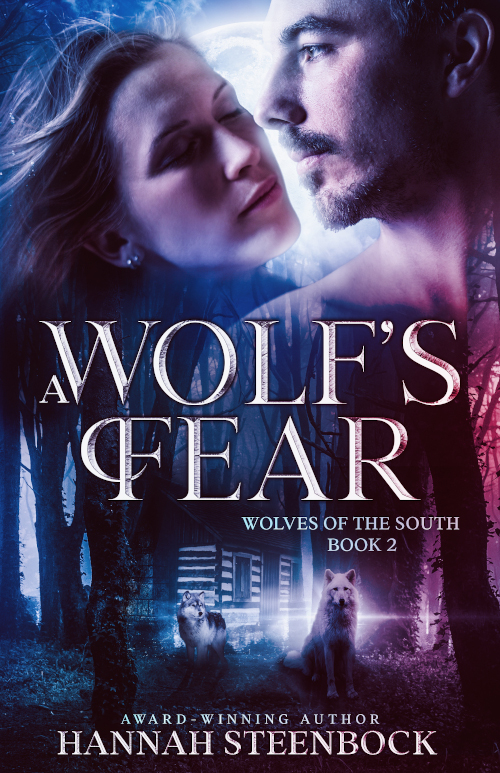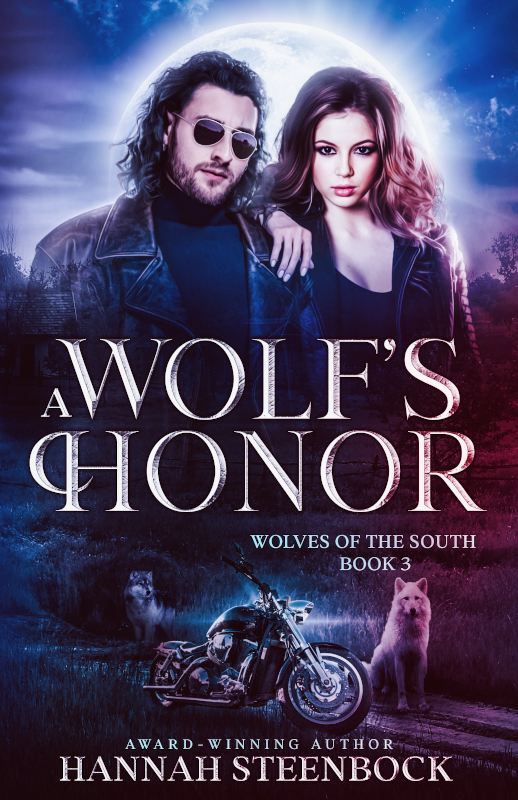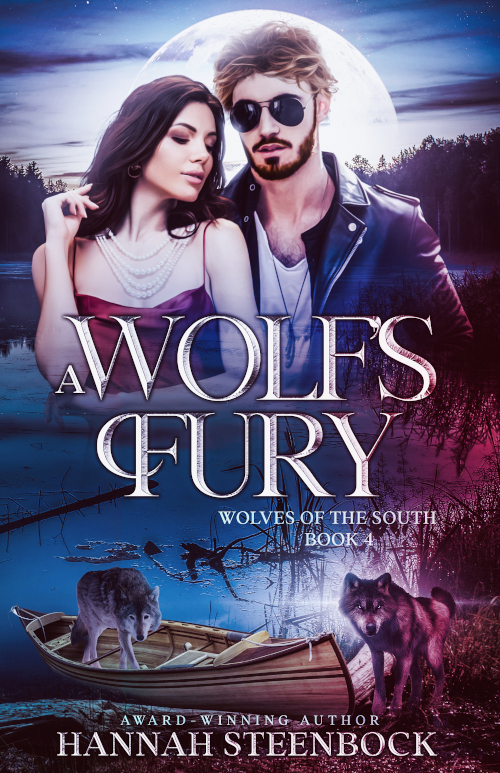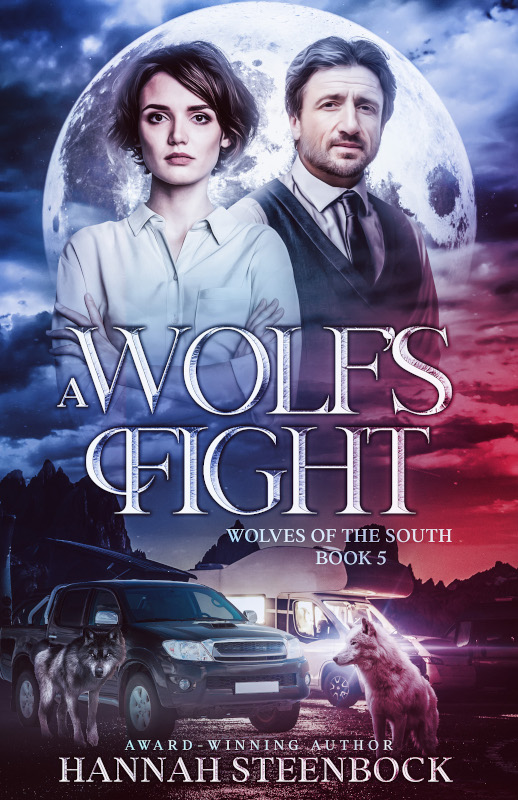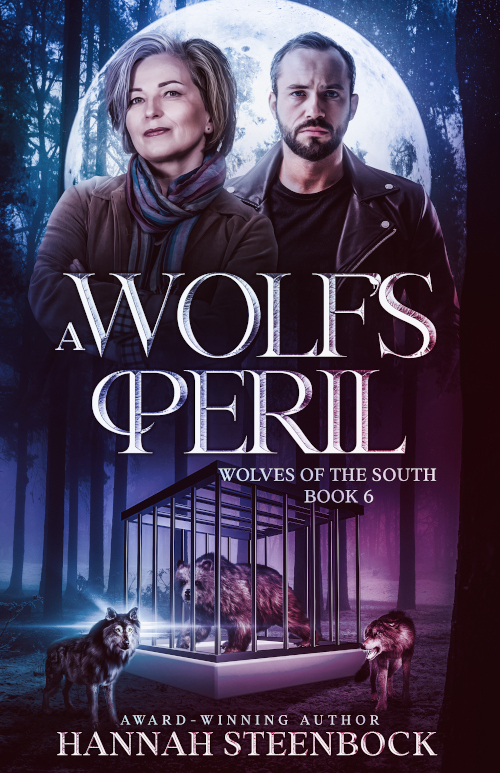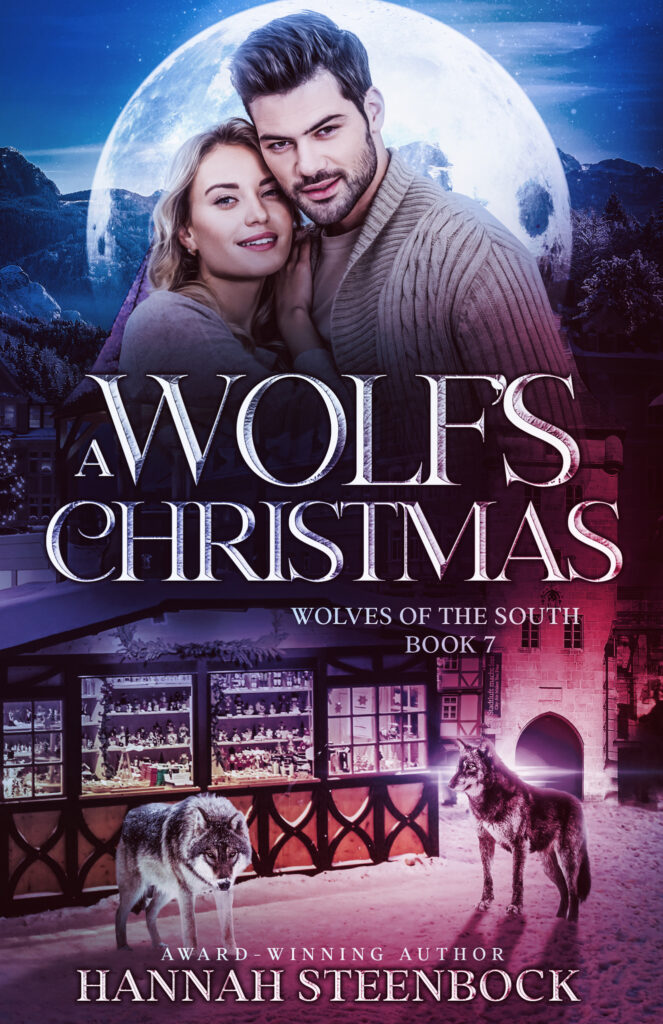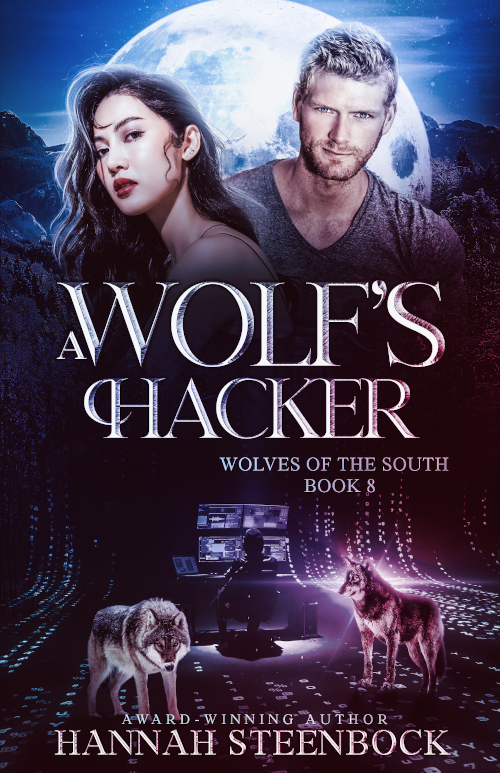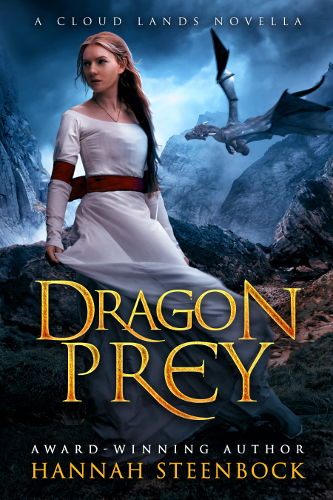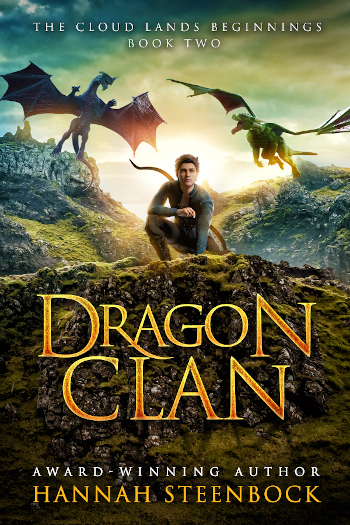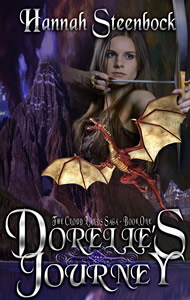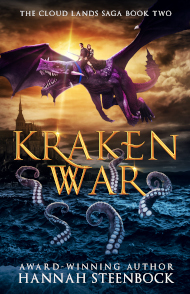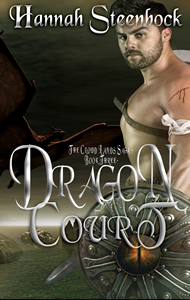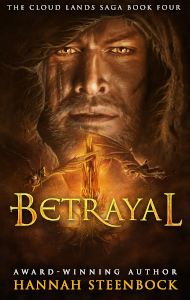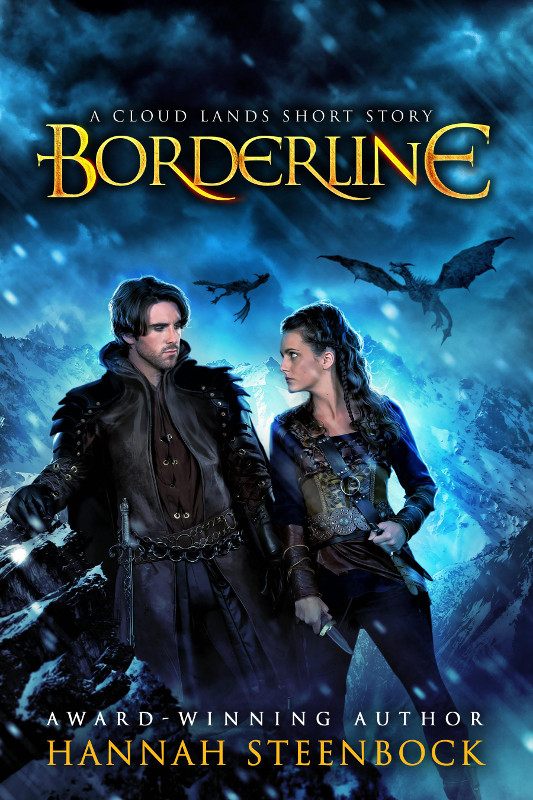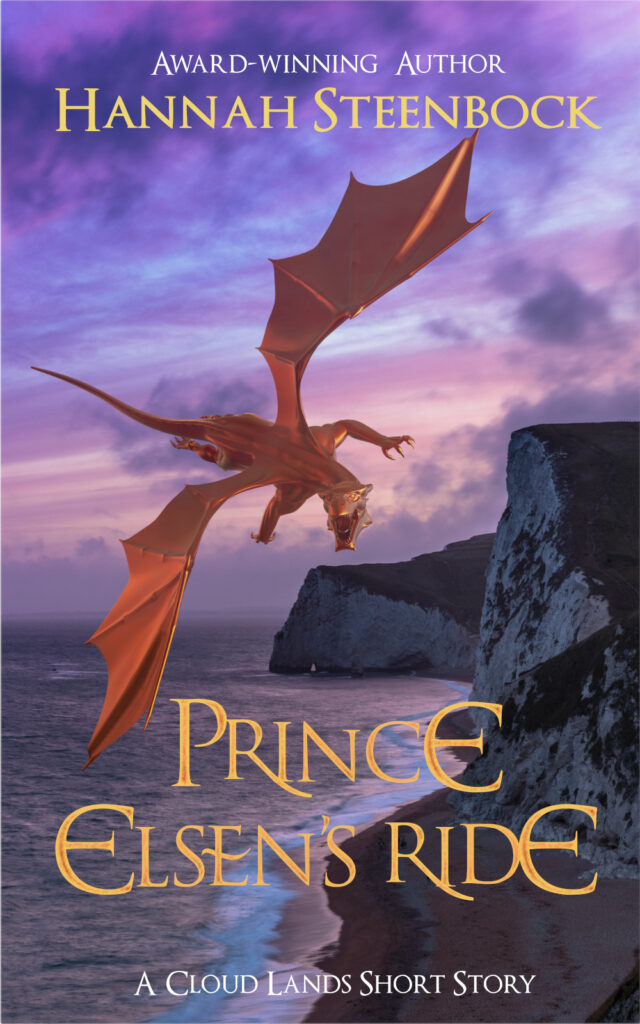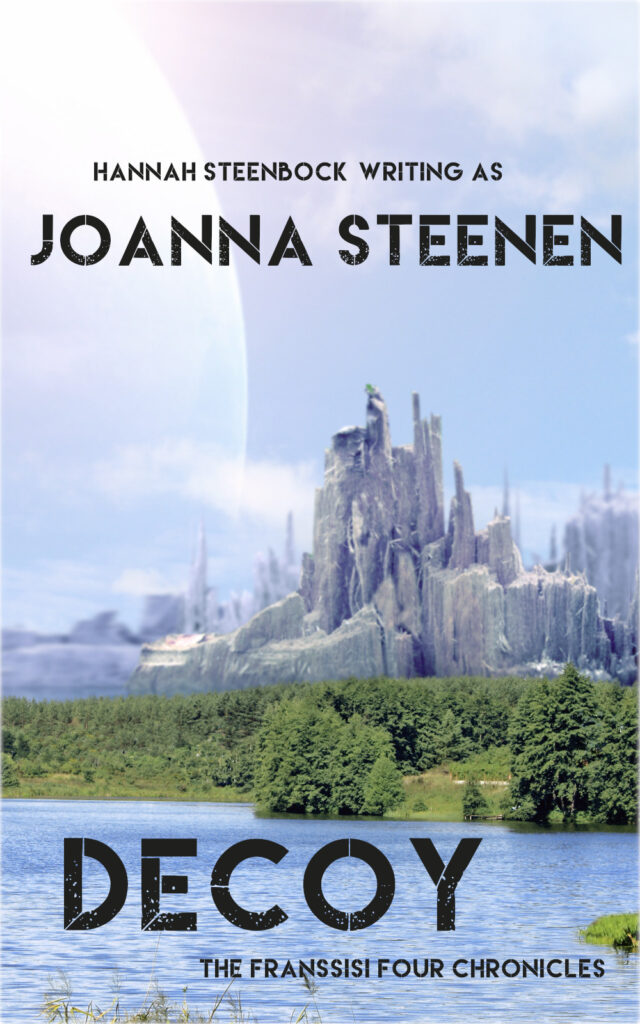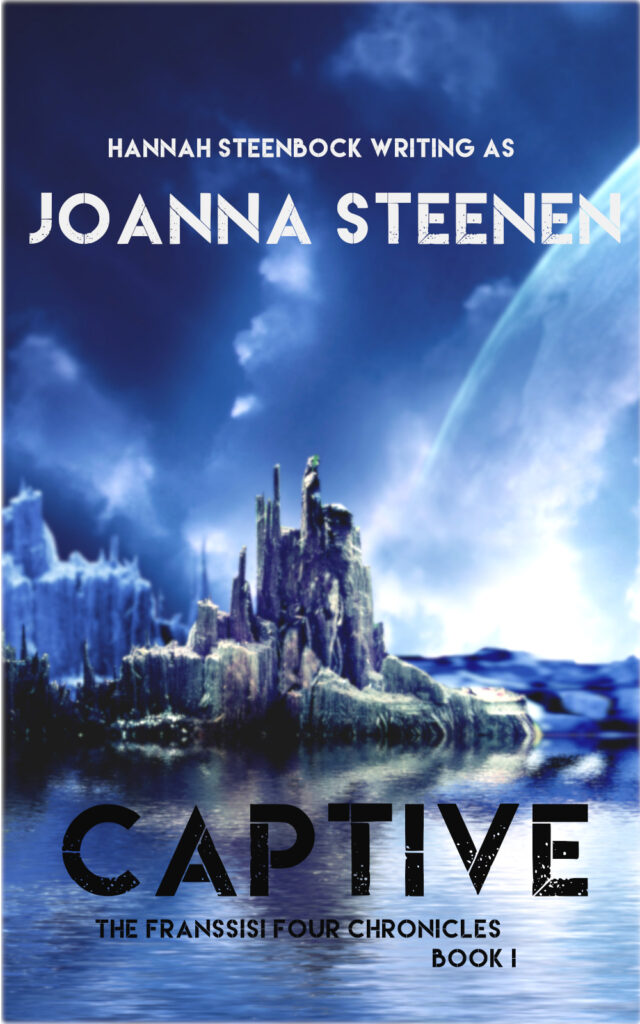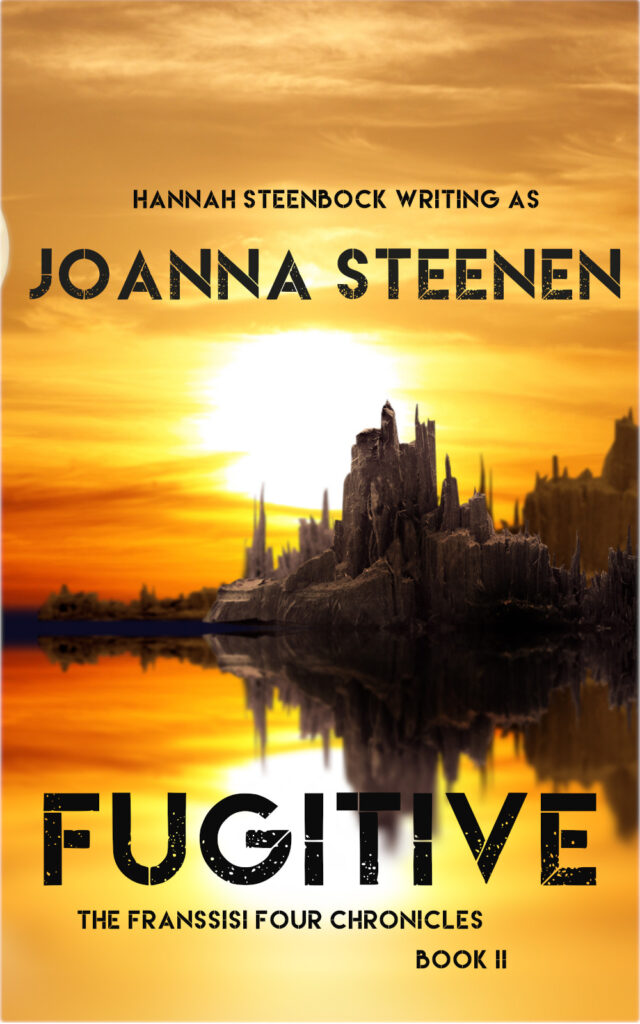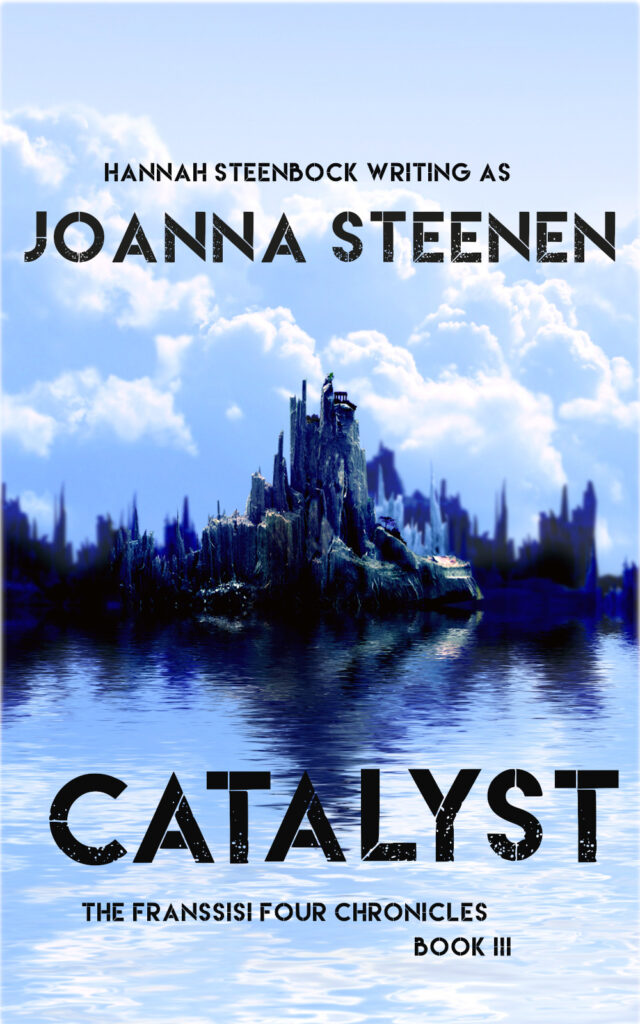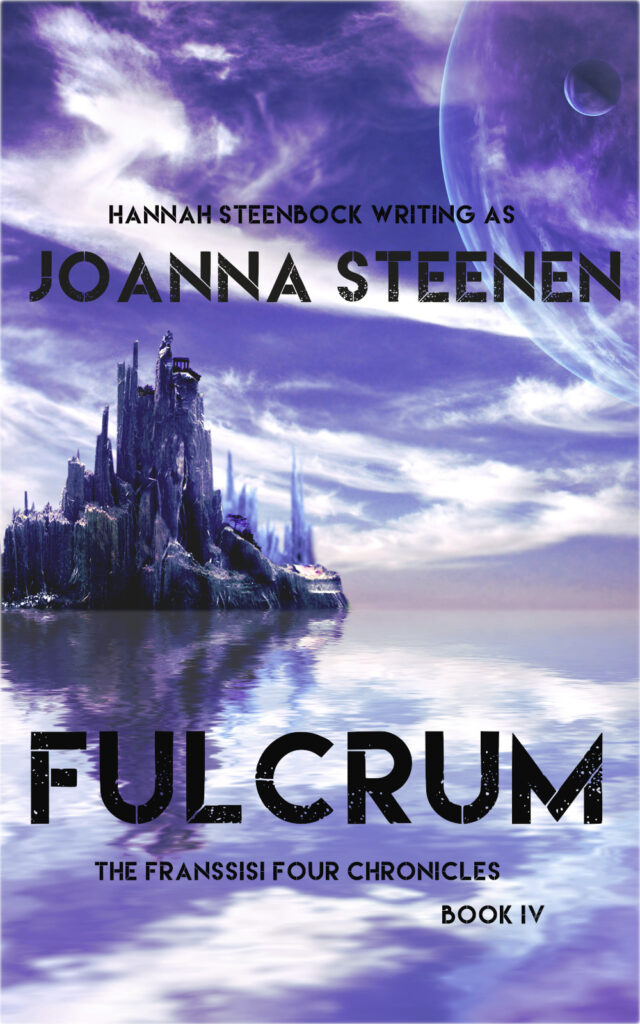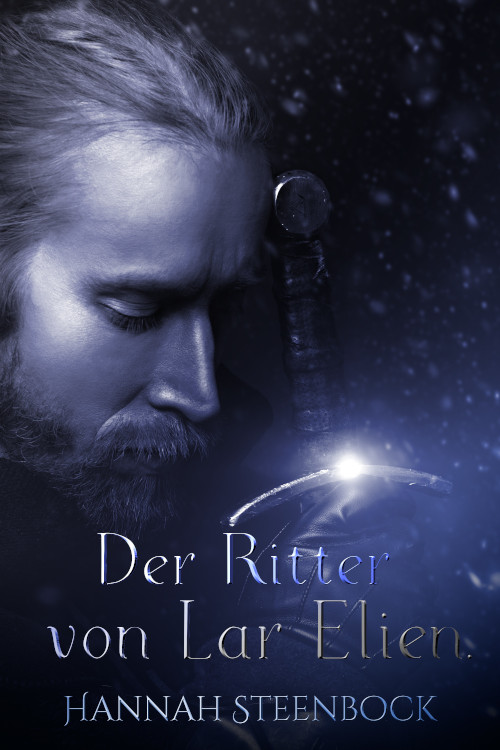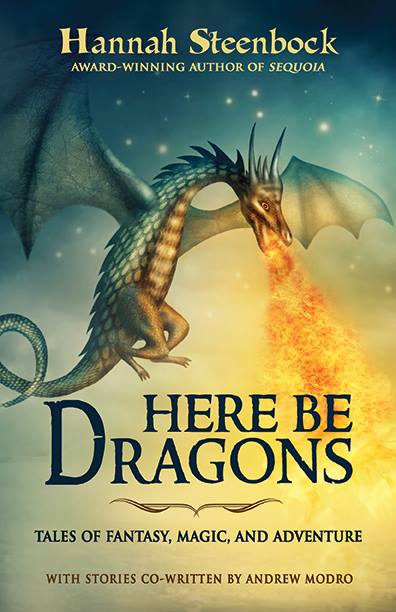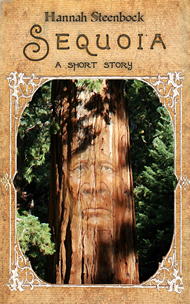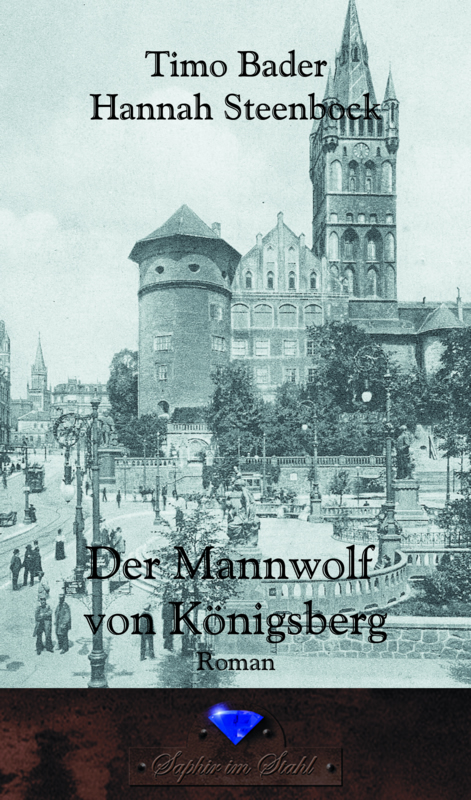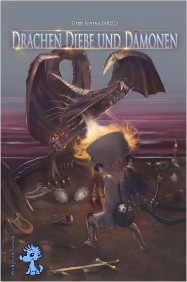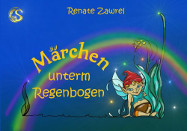
Violence
Violence is a part of nature. Animals kill animals to eat them. They fight, too, for dominance or the right to mate.
Chimpanzees even go to war. It’s been documented that the young males sometimes hunt all members of another group and kill them without mercy. Males, females, youngsters, babies.
They are our close relatives. We are part of nature, and so violence is part of our nature.
Just look at the many, many wars in history. They started early, probably in the Late Stone Age. That’s when we get the first houses – and the first fortifications. Swords are prominent Bronze Age finds. And swords are not hunting weapons.
It was a celebrated aspect of civilization that violence was starting to be regulated.
Rules for wars were established (although they aren’t always followed even now in the 21st century).
Duells became illegal. Public fights were turned into sports events. Boxing, Wrestling, Multiple Martial Arts, even Football are all ways of channeling violence away from the streets and into arenas. In fact, just a few weeks ago, I read a headline about German men no longer knowing how to brawl. (Not true, btw.)
And yet, in popular culture, violence is still the solution to most problems.
When I watched “Avatar”, I was fascinated by the world and by the amazing ideas that went into creating it. The whole concept of “we are one”, of a meeting of consciousnesses was exciting. But in the end, the movie turned to a well-established trope to solve the conflict between the two major parties: a big, violent showdown involving multiple casualties, including the big bad guy. It felt inexplicably American: Violence as the solution to conflict.
I was deeply disappointed because that was in major dissonance with the peaceful and inclusive nature of Pandora. In fact, an intelligent guerilla tactic involving all of nature would have been much more exciting – to me. I suppose the majority of moviegoers never wasted a thought on that.
Now, in American cultural history, we can see a lot of stories involving the man who takes what he wants – land, gold, fur, often by overcoming obstacles and by using violence. Good and bad men. Men who defends their own with violence. And usually that violence means guns. The trope of the gun-slinging conqueror of the wild has shaped American culture like little else. We can still see it in the fact that most trophy-hunters in this world are American.
And this trope takes a huge toll on the American society in this modern century.
I just need to take a detour for a moment.
You see, Europe regulated violence early on and quite clearly, including guns.
In fact, there is a passage in the German constitution about the state being the only institution allowed any violence (a “monopoly of force”, it is called), in the shape of the police, jurisdiction and military. This might be shocking to read, and of course, it doesn’t prevent brawling, knife fights and the occasional victim of gun shots. However, it sets very clear boundaries.
Guns are regulated here. People who want to own one need a reason (hunter, sportsman), have to apply for a license and are registered, same as the guns. There are clear requirements for gun storage and transport which are enforced. This is part of ensuring that violent force against humans is only used by the state, and that only in emergencies and prescribed circumstances. (There is no death penalty in Europe, either.)
The US have no similar concept of regulating violence, in fact, I would assume many of my American friends would be horrified by that German passage, as well as our gun laws. But I want to remind you that a fairly peaceful movement toppled one German state a few decades ago, after all. Germans didn’t need guns to do so. We can do it again, if needed.
But in the US we can see what happens when guns as a way of expressing violence are not regulated. When they serve as the main means for “protection” and “self-defense”. When they are everywhere, so that even kids can get to them. When they can be carried openly or concealed. When people can take the right to violence into their own hands. Vigilante justice is still very much an accepted concept, and even more so in popular culture.
There is a simple problem with that: People feel entitled to kill other people.
People feel entitled to kill an intruder. A burglar. Or someone just walking on their grounds. Or someone they think is a robber. Or – and this is where it gets really dangerous – someone who hurt them.
Interviews with criminals often reveal that they felt they were forced to their actions, and that they were justified in what they did. Because someone hurt them first.
An eye for an eye. You hurt me, I hurt you.
Or kill you.
And it’s so easy, because with a gun, all you have to do is pull the trigger. A tiny weight, shifted with a twitch of a finger. I know how it feels. I used to shoot for sports.
But if you’re consumed with rightious anger, the need for revenge, hate or even some kinds of mental illness, and are convinced it is okay to violently invoke justice on your own – it’s easy to shoot people. Because they have become the enemy and thus no longer human.
It’s so easy to go for the epic showdown celebrated in so many movies and stories.
It’s so easy to feel like the hero in a movie.
And it leaves people dead.
Maybe it is time to rethink our take on violence.


